Ireland, known as the “Emerald Isle,” is a captivating country famous for its lush landscapes, rich history, and vibrant culture. Located to the west of Great Britain, Ireland is renowned for its breathtaking scenery, charming villages, and warm-hearted people. With its deep-rooted traditions, ancient castles, and lively music scene, Ireland offers a unique blend of natural beauty and cultural heritage that draws travelers from around the globe. This blog explores Ireland’s geography, history, culture, cuisine, and must-visit destinations, providing an in-depth look at this enchanting country.
Table of Contents
Geography
Ireland is an island nation situated in the North Atlantic Ocean, covering an area of approximately 70,273 square kilometers. It is the third-largest island in Europe and the twentieth-largest island in the world. The country is divided into four provinces: Leinster, Munster, Connacht, and Ulster, each with its own distinct landscapes and attractions.
The geography of Ireland is characterized by rolling green hills, rugged coastlines, and stunning cliffs. The River Shannon, the longest river in Ireland, flows through the heart of the country, while the breathtaking Cliffs of Moher rise dramatically from the Atlantic Ocean. Ireland’s diverse landscapes include mountains, lakes, and scenic countryside, making it a paradise for outdoor enthusiasts and nature lovers.
States of Ireland
Ireland is divided into 26 counties, which are often referred to as states for various administrative and historical purposes. However, for clarity, it should be noted that Northern Ireland, which is part of the United Kingdom, consists of 6 counties. Therefore, the entire island of Ireland comprises 32 counties.
Republic of Ireland:
| No. | County | Main Town(s)/City |
|---|---|---|
| 1 | Carlow | Carlow |
| 2 | Cavan | Cavan |
| 3 | Clare | Ennis |
| 4 | Cork | Cork |
| 5 | Donegal | Lifford, Letterkenny |
| 6 | Dublin | Dublin |
| 7 | Galway | Galway |
| 8 | Kerry | Tralee, Killarney |
| 9 | Kildare | Naas, Newbridge |
| 10 | Kilkenny | Kilkenny |
| 11 | Laois | Portlaoise |
| 12 | Leitrim | Carrick-on-Shannon |
| 13 | Limerick | Limerick |
| 14 | Longford | Longford |
| 15 | Louth | Dundalk, Drogheda |
| 16 | Mayo | Castlebar, Ballina |
| 17 | Meath | Navan, Trim |
| 18 | Monaghan | Monaghan |
| 19 | Offaly | Tullamore, Birr |
| 20 | Roscommon | Roscommon |
| 21 | Sligo | Sligo |
| 22 | Tipperary | Nenagh, Clonmel |
| 23 | Waterford | Waterford |
| 24 | Westmeath | Mullingar, Athlone |
| 25 | Wexford | Wexford, Enniscorthy |
| 26 | Wicklow | Wicklow, Bray |
Northern Ireland:
| No. | County | Main Town(s)/City |
|---|---|---|
| 1 | Antrim | Antrim, Ballymena |
| 2 | Armagh | Armagh |
| 3 | Derry (Londonderry) | Londonderry |
| 4 | Down | Downpatrick, Bangor |
| 5 | Fermanagh | Enniskillen |
| 6 | Tyrone | Omagh, Dungannon |
A Brief History
Ireland’s history is rich and complex, dating back thousands of years. The earliest settlers arrived around 6000 BC, and by the 4th century BC, Celtic tribes had established dominance over the island. The arrival of Christianity in the 5th century, led by figures such as St. Patrick, marked a significant turning point in Irish history.
During the medieval period, Ireland experienced the rise of powerful kingdoms and the establishment of monasteries. The English Crown’s attempts to control Ireland began in the 12th century, leading to centuries of conflict and resistance. The 17th century saw significant land confiscation and the establishment of Protestant rule, resulting in tensions between the Catholic majority and Protestant minority.
The 19th century brought the Great Famine (1845-1852), a devastating period that caused widespread suffering and emigration. Ireland gained independence from British rule in 1922, leading to the establishment of the Irish Free State. The country has since evolved into a modern republic, known for its economic growth, cultural contributions, and commitment to peace and reconciliation.
Top Ten Most Famous Places to Visit
1. Dublin

Dublin, the capital city of Ireland, is a vibrant cultural hub known for its rich history and lively atmosphere. Visitors can explore iconic landmarks such as Trinity College, home to the famous Book of Kells, and the historic Dublin Castle. The city’s literary heritage is celebrated at the Dublin Writers Museum, while the lively Temple Bar district offers a glimpse into Ireland’s music and nightlife. With its charming streets, cozy pubs, and friendly locals, Dublin is a must-visit destination for anyone exploring Ireland.
2. Cliffs of Moher

The Cliffs of Moher are one of Ireland’s most breathtaking natural wonders, rising 214 meters above the Atlantic Ocean. Stretching for about 8 kilometers along the west coast, these dramatic cliffs offer stunning views and a chance to experience Ireland’s rugged beauty. Visitors can walk along the cliff edge and enjoy panoramic views of the coastline, the Aran Islands, and the Wild Atlantic Way. The Cliffs of Moher are a UNESCO Global Geopark and an essential stop for nature lovers.
3. Galway

Galway is a vibrant city on Ireland’s west coast, known for its arts scene, colorful streets, and rich cultural heritage. The city hosts numerous festivals throughout the year, including the Galway International Arts Festival and the Galway Film Fleadh. Visitors can explore the charming Latin Quarter, visit the historic Galway Cathedral, and enjoy live traditional music in the many pubs and venues scattered throughout the city. Galway is also a gateway to the stunning landscapes of Connemara and the Aran Islands.
4. Ring of Kerry

The Ring of Kerry is a scenic drive that showcases some of Ireland’s most spectacular landscapes, including mountains, lakes, and coastal views. This 179-kilometer route takes visitors through charming villages, historical sites, and breathtaking viewpoints. Highlights along the way include Killarney National Park, Muckross House, and the picturesque town of Sneem. The Ring of Kerry is a paradise for outdoor enthusiasts, offering opportunities for hiking, cycling, and exploring Ireland’s natural beauty.
5. Blarney Castle

Blarney Castle, located near Cork, is famous for its legendary Blarney Stone, which is said to bestow the gift of eloquence on those who kiss it. The castle dates back to the 15th century and is surrounded by beautiful gardens and walking trails. Visitors can explore the castle’s historic rooms, climb to the top for stunning views, and stroll through the enchanting Blarney Gardens. The Blarney Castle experience is a delightful blend of history, folklore, and natural beauty.
6. Giant’s Causeway
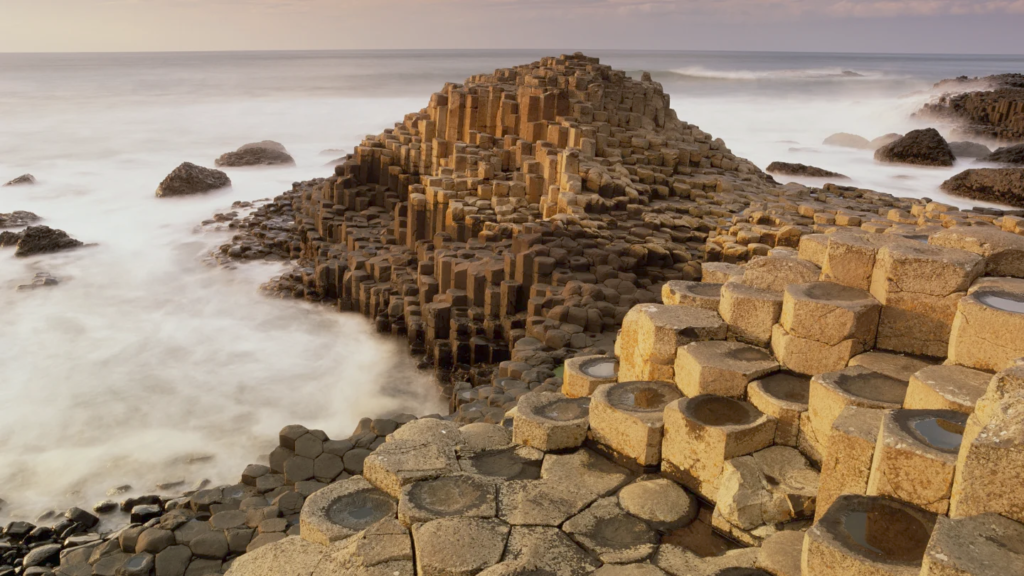
The Giant’s Causeway is a UNESCO World Heritage site located on the coast of Northern Ireland. This natural wonder features approximately 40,000 interlocking basalt columns formed by volcanic activity. According to legend, the columns were built by the giant Finn McCool as a pathway to Scotland. Visitors can explore the unique rock formations, learn about the geological history of the site, and enjoy the stunning coastal views. The Giant’s Causeway is a must-visit destination for those seeking to experience Ireland’s natural beauty.
7. Kilmainham Gaol
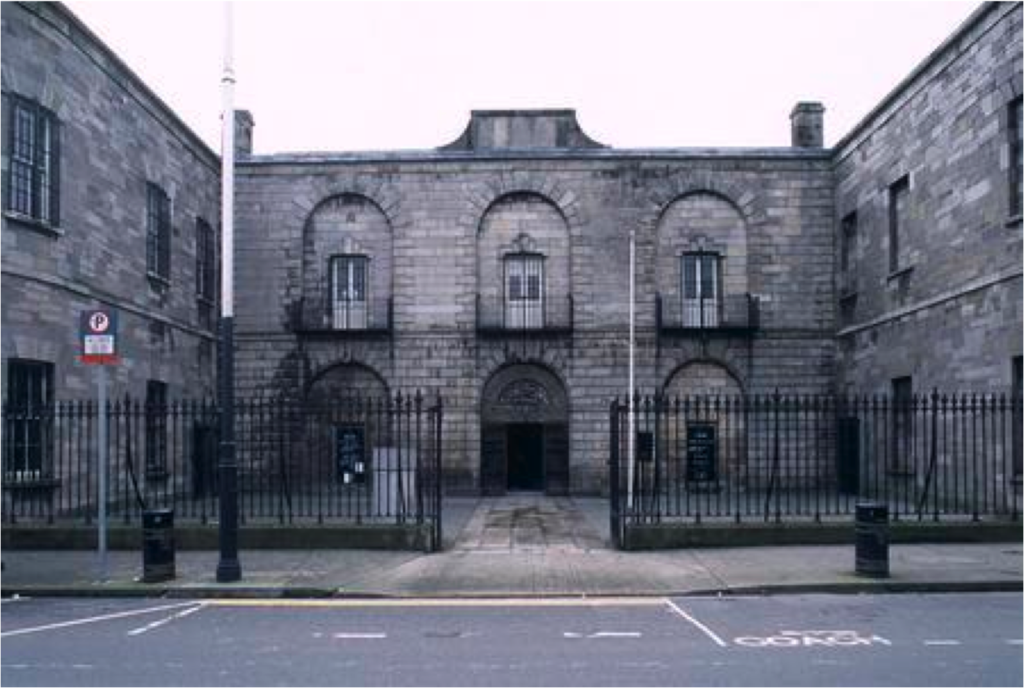
Kilmainham Gaol, located in Dublin, is a historic prison that played a significant role in Ireland’s struggle for independence. The prison housed many notable political prisoners, including leaders of the 1916 Easter Rising. Visitors can take guided tours to learn about the prison’s history, explore the cells, and gain insights into Ireland’s turbulent past. Kilmainham Gaol is a powerful reminder of the country’s journey toward freedom and is an essential stop for history enthusiasts.
8. Dingle Peninsula
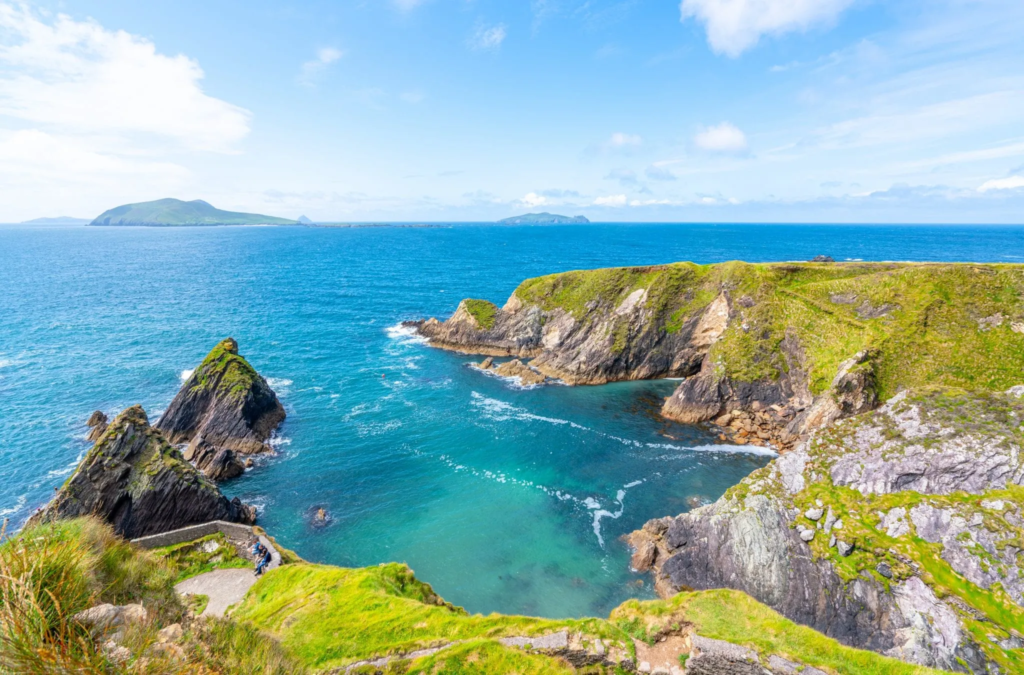
The Dingle Peninsula is renowned for its stunning landscapes, charming villages, and rich cultural heritage. The peninsula features dramatic cliffs, sandy beaches, and rugged mountains, making it a paradise for outdoor activities such as hiking and cycling. The town of Dingle is famous for its colorful streets, vibrant music scene, and delicious seafood. Visitors can also explore ancient archaeological sites, such as beehive huts and stone forts, offering a glimpse into Ireland’s prehistoric past.
9. The Rock of Cashel

The Rock of Cashel is a historic site that boasts stunning medieval architecture and a rich history. Located in County Tipperary, the site features a round tower, Cormac’s Chapel, and a high cross. According to legend, St. Patrick converted the King of Munster to Christianity at this site. Visitors can explore the ancient ruins, enjoy panoramic views of the surrounding countryside, and learn about the site’s significance in Ireland’s history.
10. Belfast

Belfast, the capital of Northern Ireland, is a city steeped in history and culture. Visitors can explore the Titanic Belfast museum, which tells the story of the ill-fated ship and its connection to the city. The city is also home to the historic Ulster Museum, showcasing art, history, and natural sciences. The vibrant Cathedral Quarter is known for its lively atmosphere, street art, and thriving music scene. Belfast offers a unique blend of history, culture, and modernity.
Culture
Irish culture is characterized by its rich traditions, folklore, and strong sense of community. The country is known for its literary contributions, with famous writers such as James Joyce, W.B. Yeats, and Samuel Beckett hailing from Ireland. Traditional Irish music and dance are integral to the culture, with lively sessions taking place in pubs and festivals across the country. The warm hospitality of the Irish people is a hallmark of the culture, making visitors feel welcome and at home.
Ireland’s cultural heritage is also reflected in its festivals, which celebrate music, arts, literature, and local traditions. From St. Patrick’s Day celebrations to the Dublin Theatre Festival, there are countless opportunities to experience the vibrant cultural scene.
Festivals
Ireland is known for its lively festivals that celebrate its rich cultural heritage. The Dublin St. Patrick’s Festival is one of the largest and most famous, featuring parades, music, and cultural events throughout the city. The Galway International Arts Festival showcases a diverse range of performances, including theater, music, and visual arts. The Fleadh Cheoil na hÉireann is a traditional music festival that brings together musicians from around the world to celebrate Irish music and culture. These festivals offer a unique opportunity to immerse oneself in Ireland’s vibrant cultural scene.
Cuisine
Irish cuisine is known for its hearty and comforting dishes, often influenced by the country’s agricultural traditions. Traditional Irish meals feature locally sourced ingredients, including potatoes, meat, and dairy products. Classic dishes such as Irish stew, colcannon (mashed potatoes with cabbage), and soda bread are staples of the cuisine.
Seafood also plays a significant role in Irish cooking, with fresh fish and shellfish being widely available. The country’s love for hearty breakfasts, including dishes like black pudding and eggs, is well-known. Irish cuisine reflects the country’s rich agricultural heritage and strong connection to the land.
Top Eight Most Famous Foods


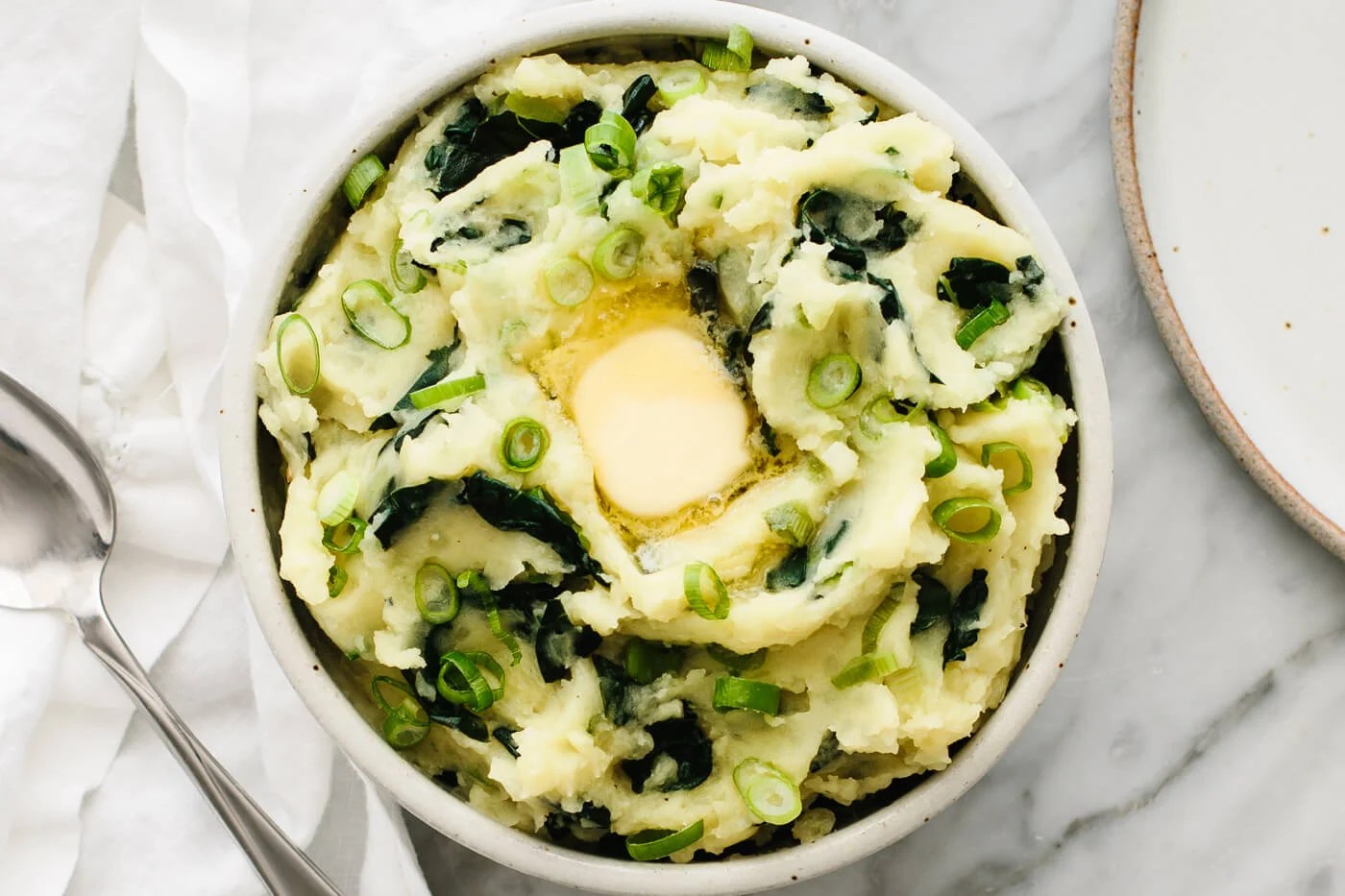
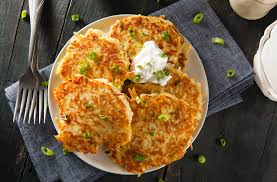


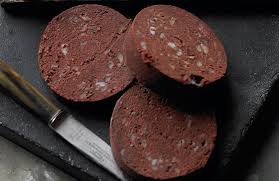
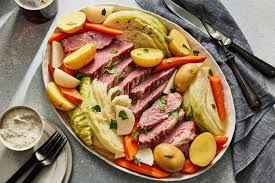
Economy
Ireland has a mixed economy characterized by a strong focus on technology, pharmaceuticals, and agriculture. The country has become a hub for multinational corporations, particularly in the technology and pharmaceutical sectors, attracting significant foreign direct investment. The IT industry, including companies like Google, Facebook, and Apple, plays a crucial role in driving economic growth.
Agriculture remains important, with Ireland known for its high-quality dairy products, beef, and lamb. The tourism sector also significantly contributes to the economy, with millions of visitors flocking to experience Ireland’s stunning landscapes and rich cultural heritage.
Future
Ireland’s future looks promising, with a strong emphasis on sustainability, innovation, and economic growth. The government aims to continue attracting foreign investment while supporting local businesses and startups. Initiatives focused on renewable energy and environmental conservation are becoming increasingly important as Ireland strives to meet climate goals.
As the tourism industry continues to thrive, there will be a focus on promoting sustainable practices and preserving the country’s natural and cultural heritage. Ireland’s rich traditions, vibrant culture, and breathtaking landscapes will remain integral to its identity, ensuring the Emerald Isle continues to enchant visitors for generations to come.
Conclusion
Ireland is a land of enchantment, offering a unique blend of natural beauty, rich history, and vibrant culture. From the stunning landscapes of the Cliffs of Moher to the lively streets of Dublin, Ireland promises unforgettable experiences for every traveler. Whether you’re exploring ancient castles, enjoying traditional music, or savoring delicious Irish cuisine, the Emerald Isle is a destination that captures the heart and soul. With its warm hospitality, rich traditions, and breathtaking scenery, Ireland stands as a testament to the beauty and resilience of its people.

